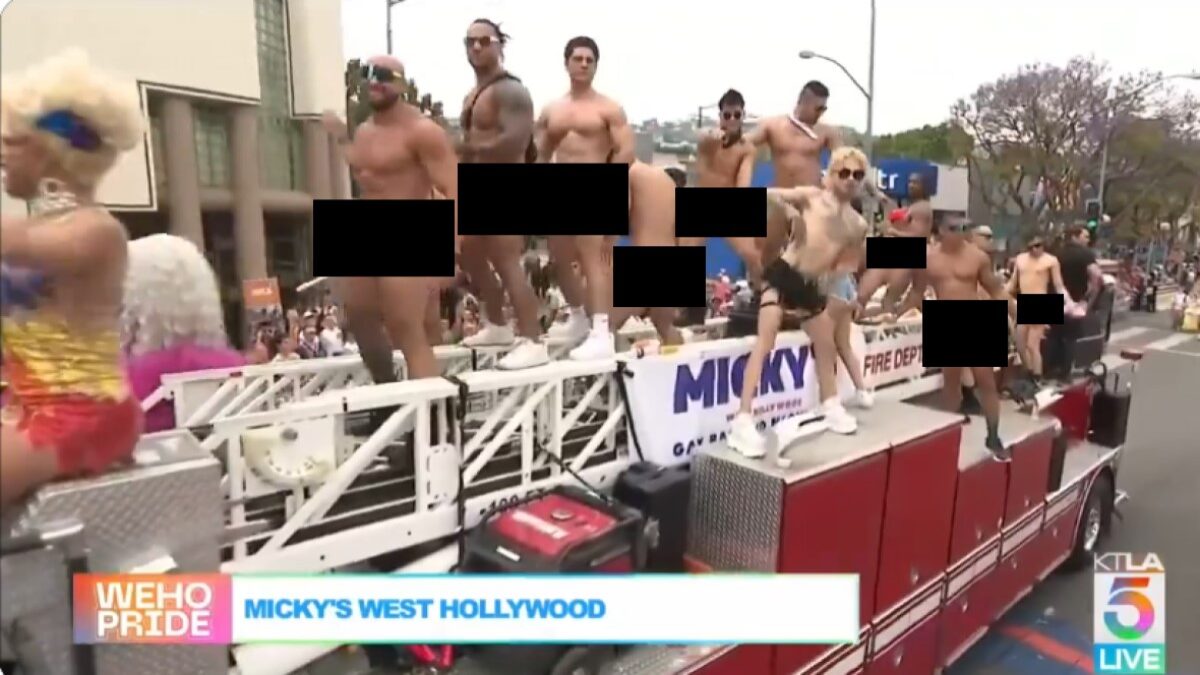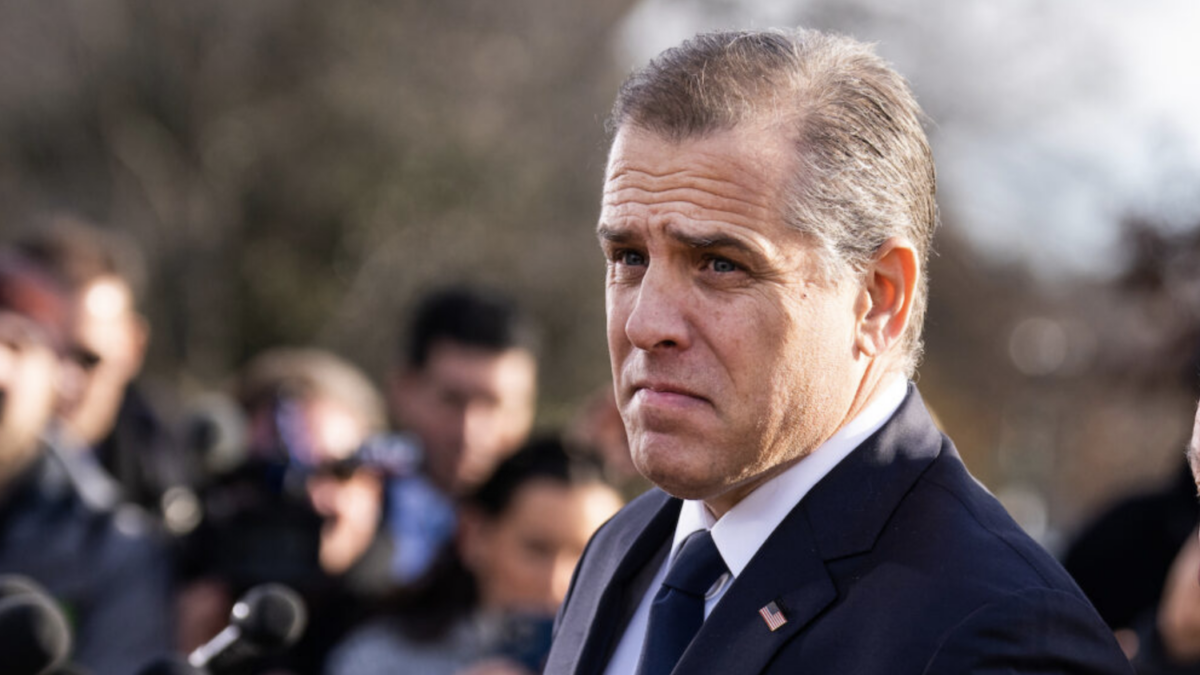
In national conversations about hate crimes, members of the media tend to rely on emotional rhetoric rather than rational evaluation of the facts. Despite aggravated assault making up 19.5 percent of hate crimes in 2017, the idea of random acts of hate-motivated violence inspires most of the fear and activism against hate crimes nationwide. Of the total number of hate crimes affecting persons in 2017 in all categories, 79 percent were nonviolent.
To the public imagination, though, the concept of hate crimes conjures images of innocent people being targeted and brutally attacked merely for who they are. Despite many highly publicized incidents turning out to be hoaxes, hate crimes still drive a great deal of media attention. We have become accustomed to making arguments decrying the potential for true victims to be further victimized by lack of public trust in media and that real hate crimes do still happen. Here is an example of one of those true cases.
In July 2018, around 3:30 a.m., 24-year-old Brandon M. Wiley told the police that a 39-year-old gay man propositioned him and grabbed him in a sexual manner. In response, he beat the man, then later posted bloody pictures of himself on social media bragging about the assault.
The victim of the assault was found by police after a security guard witnessed the assault and suffered “multiple serious facial injuries, including a broken nose and fractured orbital sockets.” In April 2019, Wiley pleaded guilty to aggravated assault and police confirmed with video and witnesses that the victim had not molested him. Hate crime charges have been added, and Wiley is scheduled for sentencing in June.
What Makes This Hate Crime Plausible?
Multiple factors of this story illustrate the anatomy of a true hate crime. The first, and most important factor, was a neutral third party. A security guard just happened to pass by when the assault happened and was able to see specific details. Witnesses are one of the most important pieces of evidence as they allow more than one perspective to the crime. Hoax hate crimes often lack eyewitnesses or, if one is present, such witnesses have a bias towards the victim and may not be an objective source of truth.
In addition to eyewitnesses, the most affecting source of evidence comes from video or audio recordings of the event. In this case, security cameras caught the entire interaction between the two individuals. This allowed the police a straightforward view into the factual events. Security footage may not reveal verbal evidence, but in this case the attacker claimed the victim first assaulted him by grabbing his crotch. This was quickly disproven by the video evidence.
Police found the victim lying on the ground where the assault occurred, and he was taken to the hospital. Immediately going to the hospital is a powerful indicator of legitimate injury also, as it does not allow for staging or exaggeration of events.
Again, the victim had multiple witnesses to his injuries and was evaluated by medical professionals rather than taking a bloody selfie and posting it on social media or waiting until later to go to the hospital. The police were informed by a third party, in this case the security guard, and allowed the facts to be objectively recorded without outside influence. The first person to interact with the victim post-attack was the police officer, which significantly strengthens the case.
One of the most revealing aspects of this case is the pride the attacker took in his actions. He posted pictures of himself immediately afterwards, positioning himself as the victim and bragging about severely beating the man. He clearly intended for the public to know his motivations and felt justified in his actions.
A widely overlooked aspect in the narrative about a hateful population intentionally targeting minorities for violence is that we rarely see attackers bragging about their actions. It would seem reasonable that if people truly despise LGBT people to such an extent that they feel compelled to physically attack them in public, there would be more public celebration of such attacks.
Perpetrator Motives and Victim Reaction
A Texas study of hate crimes found that most reported hate crimes never identify a suspect and many are dismissed due to little or no evidence. It seems that the media assumes perpetrators of hate crimes simply wish to attack individuals of hated groups for the satisfaction alone rather than as a (perceived) political or social message.
In this case, the victim did admit to the police to propositioning the attacker. While a wildly inappropriate response, it is at least a reason that explains the attack. Too often we are simply asked to believe random citizens roam the streets looking for members of marginalized groups to assault for the sheer joy of the act.
Another unique property of this crime is that it took several months to collect sufficient evidence to properly prosecute the attacker with local reports updating the case. Too often, hate crimes receive a large, public announcement and rarely involve resolution or follow-up. This case was reported locally and in several LGBT news sources, but never achieved nationwide attention or outrage. This allowed the police and prosecution to gather evidence and build a case.
One overlooked quality of this case that significantly distinguishes it from most reported hate crimes is that the victim is not publicly named. Typically, an alleged victim immediately turns to social media or the press and tells his or her story before any investigation can be conducted.
In this case, even though he was viciously beaten over a minor infraction, he chose not to take this route. He was attacked, went to the hospital, gave an honest police report, and allowed justice to be properly served as he healed and rebuilt his life. While he deserves public sympathy for the attack, he did not seek fame or money. This says a great deal about the legitimacy of the incident.
Would Extra Laws Really Deter Hate Crimes? Not Likely
This was a hate crime because the attacker reacted to the proposition with extreme violence and bragged about attacking the victim, a gay man. The gay man took a chance in a moment of weakness late at night in a bar, and did not deserve to be viciously beaten. But an important question is: what law would have prevented this attack?
Although a terrible situation and unfortunate experience of engaging with the wrong person in the wrong scenario, the assault on its own was already illegal. Although a hate crime charge increases sentencing, is this going to influence Wiley’s future choices or his views on gay men or his own sexuality, which inspired the assault to begin with? Will the hate crime charges prevent a similar irrational young man from doing the same?
One of the unfortunate rhetorical media reactions, especially in LGBT advocacy, is the outrage that the violent incident occurred in the first place. They insist the same could happen to all LGBT people nationwide, and that the incident is evidence of a larger pattern. But this situation is far more of an outlier than a pattern. In fact, it’s the bold honesty of the attacker about his motivations that makes this story stand out as shocking and disturbing. Our collective agreement that this is morally wrong should be evidence enough that no one supports violence against LGBT people.
It is equally as important to recognize legitimate hate crimes as it is to report on the abuse of public sympathy and compassion with high-profile hoaxes. We should recognize that, despite the unfair imbalance of hoaxes to legitimate crimes, the police take reports seriously and do everything in their power to get justice for victims.
Unfortunately, it takes a real hate crime with a satisfying resolution for us to appreciate just how safe and protected LGBT individuals are in our society. The police and our justice system should be thanked for this.









